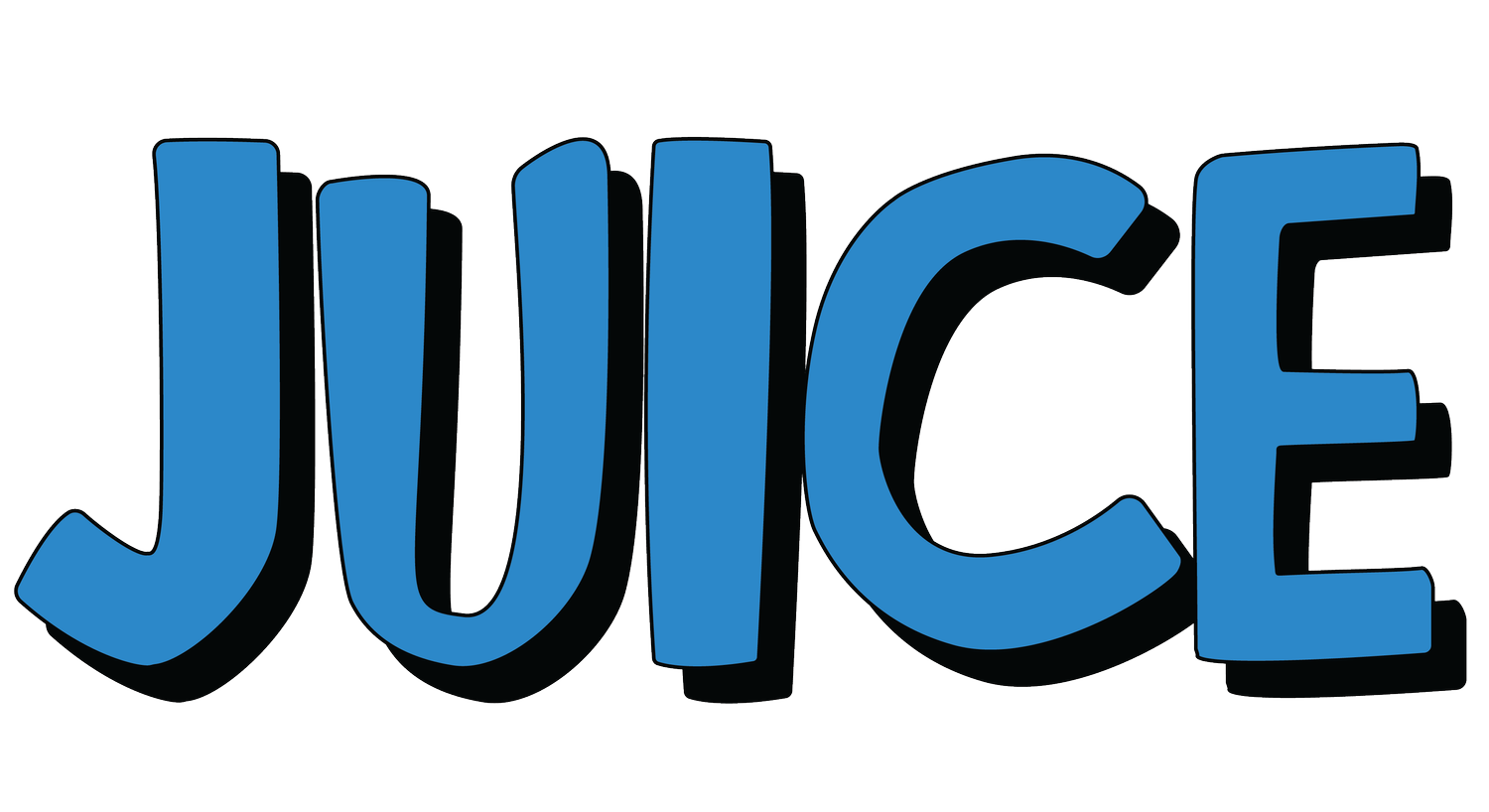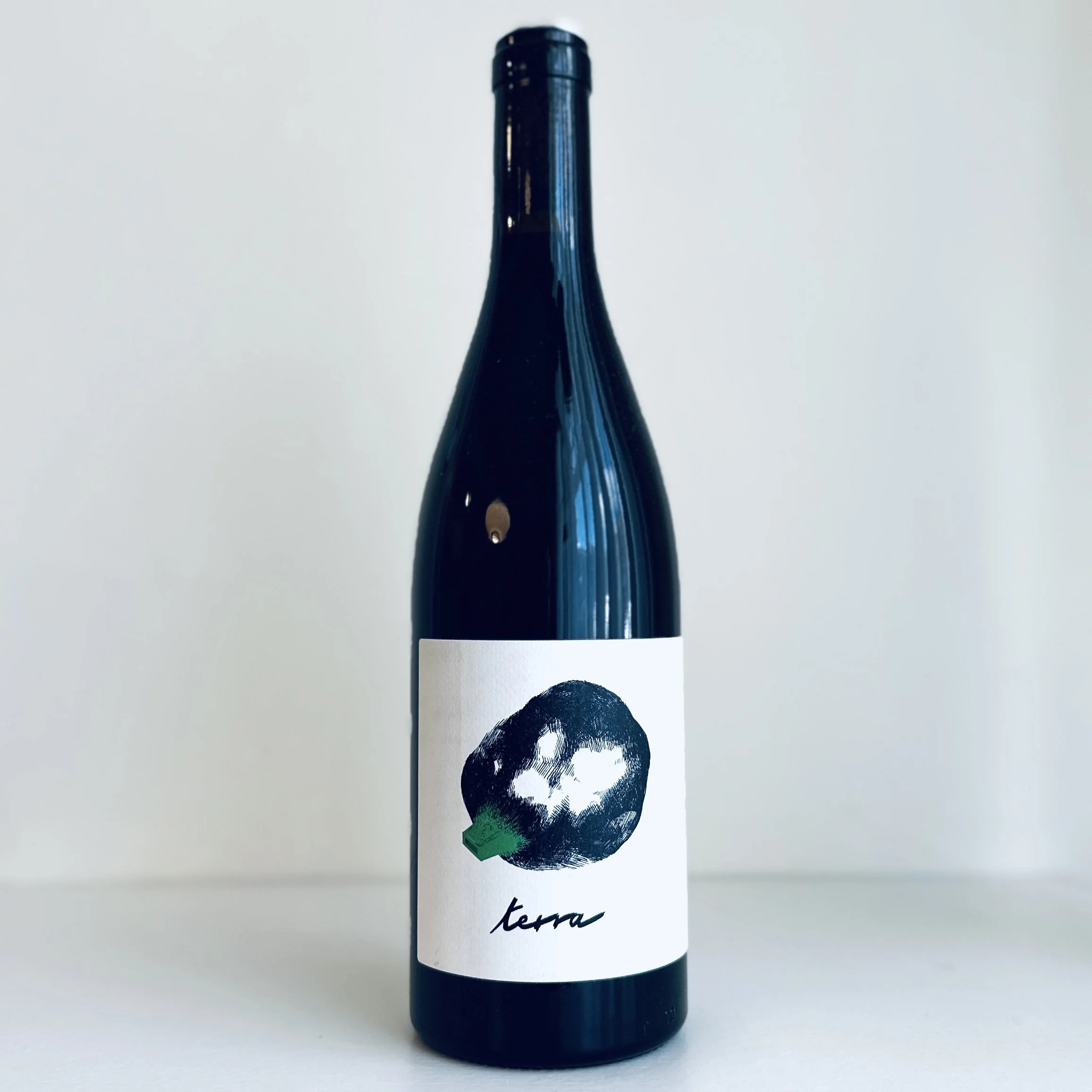THIBAUD CAPELLARO
-
After a few train-related mishaps, Thibaud Capellaro picked me up from the Gare St-Clair-Les-Roches. We drove north across the river to his modest winery in Condrieu. Despite being born in such an iconic appellation, his family wasn’t in the wine business. After attending business school, Thibaud decided to pursue his love of wine, studying in Beaune and then working with iconic producers in both the Rhone (Perret, Duclaux, Devay) and Australia.
His project started in earnest in 2018 after acquiring a tiny plot in Cote-Rotie and leasing sites, and buying fruit from like-minded farmers in Saint Joseph, Coteaux du Lyonnais, and the Ardèche (Clusel-Roch and Le Mazel). His farming expectations are demanding, so finding worthy contracts is a struggle.
The ancient cellar is filled with fermentation and ageing vessels, including oak barrels of nearly every size and small ceramic eggs. The wines are fermented with indigenous yeasts, undergo natural malolactic conversion, and are bottled with minimal SO2. We tasted a thrilling array of wines: sturdy skin-fermented whites, ethereal rosés, powerful Syrahs, a Dolcetto made from smuggled Piedmontese grapes, and collaborations with rising winemakers (Etienne Seignovert). We made a few on-the-fly blends to drink with lunch, a superb spread of local charcuterie and cheese, including Rigotte de Condrieu.
-
After lunch, we went to visit his sites in Cote-Rotie. I felt like I was in a rally car as we sped up the impossibly steep slopes, as high as 300m from the valley floor to the plateau. The first site we visited is Thibaud’s pride and joy, just above the town of Ampuis to the North of the illustrious Côte Brune. Where convention once said purely south-facing sites are best, he’s excited about this east-facing section to help mitigate the effects of climate change.
He cleared the once forested plot and built stone retaining walls to keep erosion at bay and make farming an iota easier. The vines are staked on crossed wooden poles to help keep them grounded in the aggressive Bise, the relentless local wind and to make navigating the 45º+ vineyard more manageable. His neighbour higher on the slope is one of only a handful of producers farming organically, meaning no synthetic pesticides or herbicides make their way down the hill. He sits between a gully and a forest, making it an island of biodiversity in an incredibly exploited region. Until the vines meet the appellation’s vine age requirements, this wine will be declassified.
-
We got back in the car and made our way north towards another plot he farms. This unique site features limestone, a rare but prized soil type for the region, adding brightness and precision. Unlike the southern section of Côte-Rotie, where Granite is king, Schist dominates. The former breaks down into unstable sand, making erosion a particular worry, necessitating the building of terraces. The latter is more friable and breaks down to stable clay, increasing nutrient and water availability leading to more robust wines. We also found large chunks of pink quartz, proving now diverse this place really is. Between the vines, winter clover was growing happily, replenishing the soil, while elderflower and apricot trees could be seen on the perimeter.
After a few more quick stops, Thibaud dropped me off at my Airbnb. I left feeling incredibly excited about his supreme work ethic, dedication to authentic flavours, absolute precision in the winery, and easygoing charm. He was so generous with his time, answering a thousand questions in my broken French. We’re beyond excited to finally have the opportunity to share these wines with you.
MORE FROM FRANCE: LAURENT SAILLARD | DOMAINE DES MARNES BLANCHES
2021 TERRA
This wine is made from Syrah grown in clay-limestone soils in the Ardèche. The grapes were fermented with 100% stem inclusion. The wine is pressed off into a combination of neutral barrels and amphora. Fewer than 200 cases were produced. 13.5% ABV
2021 PIERRE TAILLEE
This is Thibaud’s take on classic Northern-Rhône Syrah. It comes from two vineyards planted to selection massale just south of Condrieu, one in Saint-Joseph, and the other across the river. The grapes were fermented half destemmed and half as whole clusters. The wine is then pressed into 650L demi- muids for an eleven-month élevage. 12.5% ABV
2021 LA CANUSE
This wine is essentially an inverse Cote-Rotie. It is made from Viognier (85%), grown in the northernmost section of Saint-Joseph and the skins of Syrah from Cote-Rotie (15%). After fifteen days of maceration, the wine is pressed off into amphora for élevage. It was bottled unfined and unfiltered. Only 67 cases were produced. 12.4% ABV
2021 ZÉ-RO
This wine is made from Syrah (70%) and Viognier (30%) grown in the Northern Rhone near Chavanay, just south of Condrieu. Soils here are a combination of granite and clay-limestone. Most of the grapes were whole-cluster co-fermented for a week, but a small amount of Viognier was direct pressed. Élevage took place in large format neutral oak and sandstone amphora. No SO2 was added at bottling. 12% ABV
2021 LE TEMPS D’UNE BISE
The grapes for this project come from Saint-Joseph. Viognier (40%) was fermented whole-cluster (semi-carbonic) for two weeks, while Marsanne (60%) was direct pressed into amphora. Less than 10ppm of SO2 was added at bottling. Production this year was roughly a hundred cases. 13% ABV
2021 OMBRE & LUMIÈRE
This cuvée is a collaboration between Thibaud and rising star Etienne Seignovert in the Ardèche. This wine is made from Grenache (40%) from the Gard, half of which was fermented carbonically while the remainder was direct pressed. Thibaud provides Syrah (30%) which ferments on skins for five days, half destemmed, half whole-cluster, and direct pressed Viognier (30%). No SO2 was added at bottling. 13% ABV
Find This Wine













